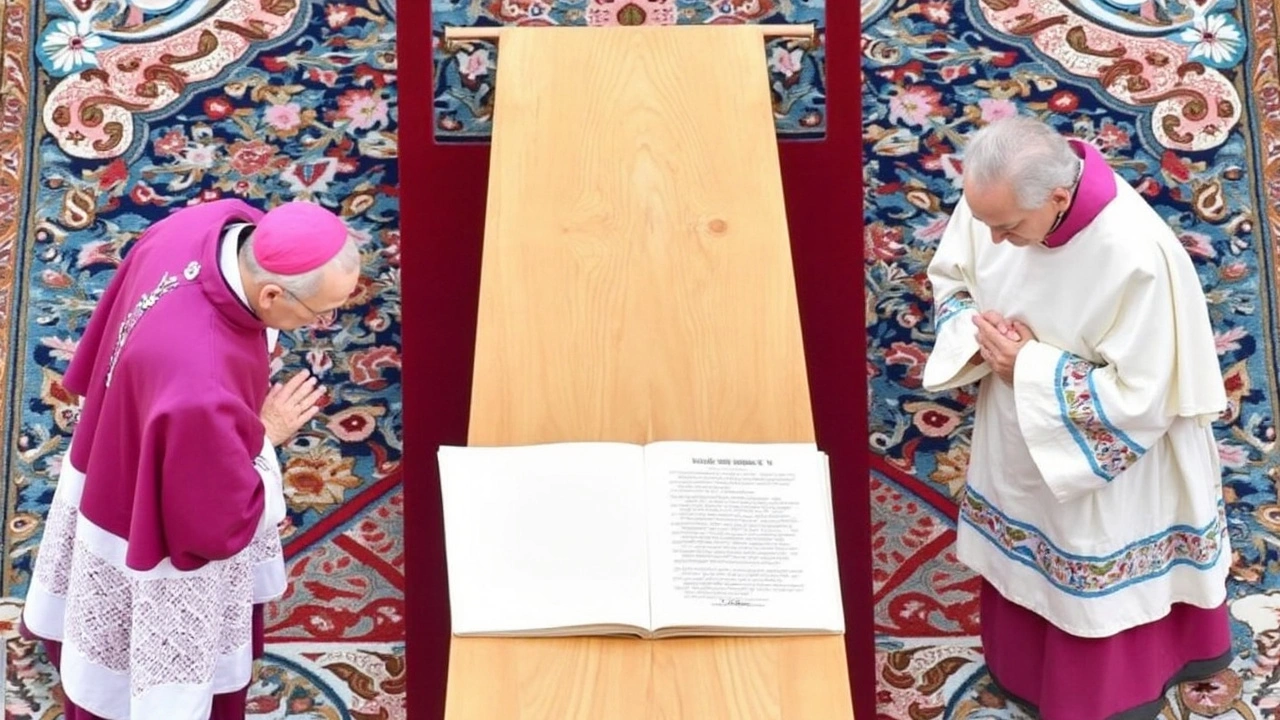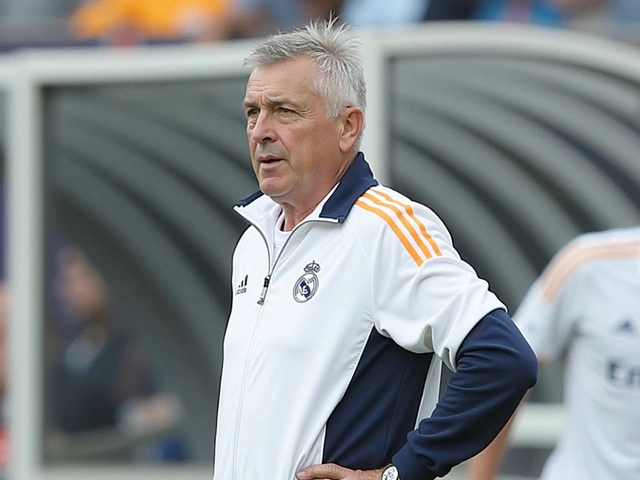
Rituals and Symbolism: The Papal Farewell for Benedict XVI
When Pope Emeritus Benedict XVI passed away, his final farewell was not just a ceremony—it was a blend of ancient tradition and modern history. On January 4, 2023, the Vatican sealed his casket after close to 200,000 people, from devoted Catholics to world leaders, came for a last goodbye. For anyone not familiar with papal traditions, the details might seem elaborate, but each act is loaded with meaning.
Let’s talk about the Rogito. This is more than just a piece of paper; it’s a Latin document that tells the story of Benedict XVI’s years as pope for the ages. Before he was laid to rest under the Vatican, this document was placed into his coffin, outlining his most important contributions: his rigorous theology, willingness to reach out to other Christian communities, his work towards building bridges with the Jewish community, and his efforts to confront the shadows of clerical abuse. But it didn’t just talk about his time in the Vatican – it recalled his early life as Joseph Ratzinger, growing up under the fear and restrictions of Nazi Germany, explaining how this shaped the faith that would guide his every decision as pope.
Benedict’s casket wasn’t ordinary either. In line with tradition, it was triple-layered, made of cypress wood on the inside, protected by a seal of zinc, and finished with sturdy oak. And there was more inside: his pallium, which stands for spiritual and pastoral authority, and coins and medals minted during his pontificate—a snapshot of his presence in church history.
Inside the Private Rituals and the Place He Now Rests
The closing ceremony itself was led by people close to him—Archbishop Georg Gänswein, who was his personal secretary for years, and Monsignor Diego Giovanni Ravelli. They performed a quiet, private ritual that the world never gets to see. Among the most striking moments was the laying of a white veil over his face, a gesture filled with quiet respect and finality. During prayers, this veil marks the sacredness of the pope’s last earthly journey, a custom that's as personal as it is symbolic.
Then, after the Requiem Mass—an event blending sorrow, reflection, and respect—the casket was taken to the Vatican crypt. It's a space layered with history, now also home to Benedict XVI. Remarkably, his tomb replaced the one that previously belonged to St. John Paul II, linking Benedict’s memory physically and spiritually with past leaders of the Church. The whole event was meant to feel both timeless and deeply human, blending public mourning with moments known only to those inside the Church’s closest circles.
For the tens of thousands who braved the January chill to pay respects, and for everyone watching from a distance, this funeral was a look into the rituals that have held the Catholic Church together through centuries—and a reminder of the complexities and challenges that Benedict XVI faced, from theological debates to global scandals. It was a sendoff marked by tradition, memory, and a real sense of history shifting once again under the marble floors of the Vatican.





